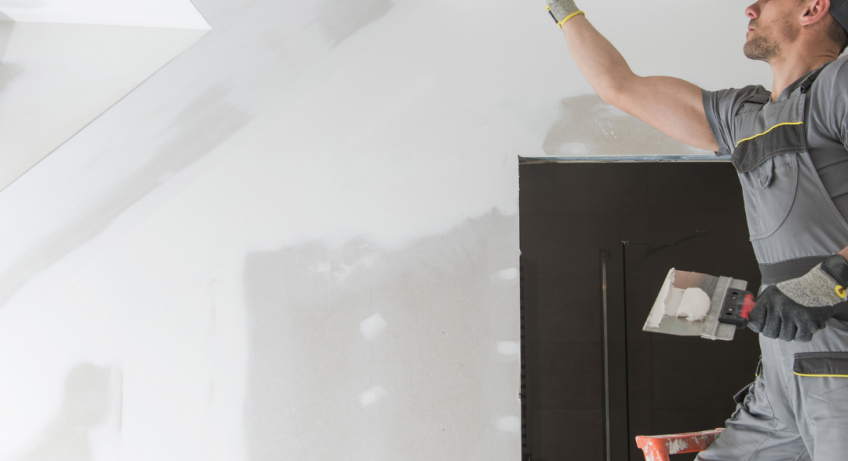As drywall is an essential part of any home, it’s important to know what to do when finding a small hole, crack, or other structural problem. Since drywall was first installed, the techniques that professionals use to fix structural problems have changed dramatically. They’re much more sophisticated, but they can still be used by DIYers. Drywall is the most common, most readily available type of wall paneling, but at the same time, it is also the most damaged. While the typical homeowner may not have much knowledge of how the material is used, they are more than likely familiar with the feeling of a small hole in the wall or know when to fix walls that might be bowed or cracked up. Here are some ways:
• Use a Self-Priming Filler
If you are suffering from a small hole in your wall, don’t be discouraged. The hole is not the end of the world, and you can simply fix it. In this post, we’ll show you how to fill a small hole in your wall with a self-priming filler. It’s not rocket science, and you will be able to fix the small hole in no time! Self-priming fillers are made of polyurethane and are used to fill small holes in drywall. They are used to filling cracks in drywall, and a very small amount is needed to do the job. These products are widely available at most hardware stores. They are commonly used to fill holes in the drywall when a small amount of self-priming filler is mixed with a small amount of water. You mix the two ingredients together to form a paste, then spread the paste over the hole.
• Use a repair spray
Before you head to the store to buy a new piece of wood for your project, you should think about how best to fix small holes in your drywall. First, try using a caulk gun to fill the hole. You’ll be able to see if the technique worked from the back of the drywall. If the hole is too big to fix with a caulk gun, you can try a small project knife to fill the hole with a small bit of wood. However, if you still can’t fix the hole, then you might want to take assistance from a professional Drywall Repair in Austin or elsewhere.
If you’re working on repairing a wall in your home that has a small hole in it, you can stop at your local hardware store and pick up a can of repair spray. This repair spray is made of two different types of mastic adhesives mixed together to form a clear, low odor spray that is used to fill holes smaller than an inch in diameter.
Furthermore, wall cracks or holes could be because of foundation issues. Early detection of foundation repair issues can save you a lot of money since partial repairs are much easier to address and fix than major foundation improvements. While completing this task can be difficult, you can still have complete control over which company handles the construction, giving you peace of mind moving forward. When it comes to such an important project for your home, you need to have peace of mind that the job will be done correctly. This is why it is recommended that you hire a foundation repair company that can fully address such issues.
• Use Stick-On Patches
If you have a small hole in your drywall, you may be tempted to patch it with some kind of compound, like spackling putty or fiberglass, or you could just use a thin piece of cardboard. But it’s not necessary to use those materials to seal up a small hole. If you can find a small stick-on patch that’s roughly the size of the hole, use it to fill the hole.
Fixing holes in drywall is an everyday part of remodeling and can be a tedious, time-consuming project. Make it easier by using a drywall patch kit. Especially, if you live in a flood-prone area, you may have to ensure that your house is in good shape at all times. If in case your house is hit by the floods and your walls are beyond repair, you might have to call in a Property Damage Restoration Company to come and fix the issues. If the holes are quite small, then you might be able to do it yourself. These kits come in a roll and can be cut into any shape. They work well for small holes and can be used on any surface where drywall is used.
• Skim Coats
Skim coats are the latest in the battle for the crown between the two most popular home improvement materials: paint and wallpaper. The difference is that these two products are used on two different surfaces. Paint is used on the drywall, and wallpaper is used on the paneling. However, both of these materials are used for the same purpose, which is to cover exposed surfaces and to make the home more aesthetically pleasing.
There are a few reasons for trying to fix small holes in your drywall. They could be caused by a problem with your exterior doors or a damaged electrical box or cable duct. At the most, they’re a nuisance; if they’re of a large enough size, they could be a potential hazard. Whatever the reason, it may be a good idea to get them fixed as soon as possible.

